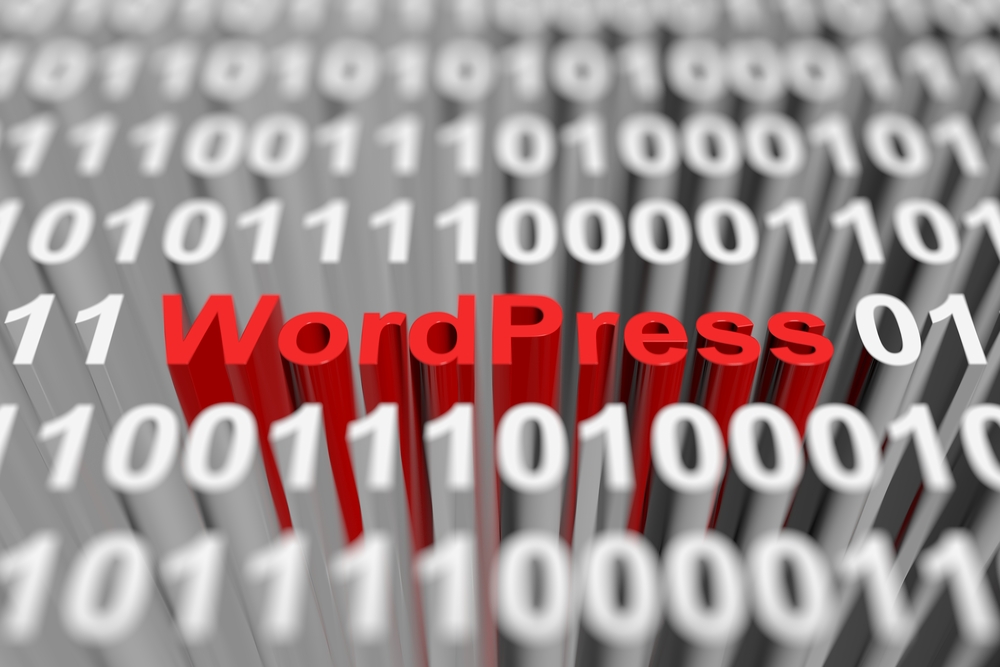
WordPress has become one of the most popular platforms for building and managing websites. Its user-friendly interface and extensive customization options make it a favorite among beginners and experts alike. Whether you are just starting out or looking to enhance your existing WordPress (the blogging platform) site, this article will provide you with expert tips for customizing and maintaining your website.
1. Choosing the Right ThemeThe first step in customizing your WordPress website is choosing the right theme. WordPress (or WP) offers thousands of free and premium themes, each with its own unique design and features. When selecting a theme, consider the purpose of your website and its target audience. Look for themes that are responsive, meaning they adapt to different screen sizes, ensuring a seamless user experience across devices. Additionally, check for regular updates and positive reviews to ensure the theme is well-maintained and reliable.
2. Adding Custom CSS
Sometimes, the available customization options within a theme are not enough to achieve the desired look for your website. In such cases, knowing how to add custom CSS can be a game-changer. WordPress allows you to easily add your own CSS code to modify the appearance of your website. By accessing the "Additional CSS" section in the WordPress Customizer, you can enter your CSS code and see the changes in real-time. This gives you complete control over the design aspects of your website.
3. Installing Essential Plugins
Plugins are a cornerstone of WordPress (WP) , offering additional functionality and features to your website. However, installing too many plugins can slow down your website's performance. To avoid this, focus on installing essential plugins that enhance the user experience and improve site performance. Popular plugins include Yoast SEO for search engine optimization, Jetpack for security and performance, and WooCommerce for e-commerce capabilities. Ensure that you regularly update your plugins to benefit from the latest features and security patches.
4. Optimizing for Speed
Website loading speed is crucial for both user experience and search engine rankings. There are several ways to optimize your WordPress (the platform for bloggers) site for speed. First, choose a reliable hosting provider that offers fast server response times. Additionally, compress and resize your images before uploading them to your website. Utilize caching plugins to store static versions of your web pages, reducing server load and improving loading times. Furthermore, consider using a content delivery network (CDN) to distribute your website's content across multiple servers worldwide, ensuring faster page loading for visitors from different geographical locations.
5. Regularly Backing Up Your Website
Data loss can occur due to various reasons, such as server crashes, hacking attempts, or accidental deletion. Therefore, it is vital to regularly back up your WordPress website to minimize the risk of losing valuable data. Many hosting providers offer automated backup services, but it is recommended to have an additional backup solution in place. WordPress plugins like UpdraftPlus and BackupBuddy simplify the backup process, allowing you to schedule automatic backups and store them securely on external platforms such as Google Drive or Dropbox.
6. Frequently Asked Questions
Q1: How can I change the logo on my WordPress website?A: To change the logo on your WordPress website, navigate to the Theme Customizer under the Appearance menu. Look for the logo or site identity section, where you can upload your desired logo image or customize the existing one.
Q2: Can I customize the fonts used on my WordPress website?
A: Yes, you can easily customize the fonts used on your WordPress website. Many themes provide built-in options to change fonts. Alternatively, you can use plugins like Easy Google Fonts or Typekit Fonts for more font choices and customization options.
Q3: How do I prevent spam comments on my WordPress blog?
A: WordPress comes with a built-in comment moderation system, allowing you to control and prevent spam comments. To enable comment moderation, go to the Discussion settings in your WordPress dashboard and choose options like requiring comment approval or using an anti-spam plugin like Akismet.
Q4: Is it necessary to update WordPress regularly?
A: Yes, regularly updating your WordPress installation, themes, and plugins is crucial for security and stability. Updates often include bug fixes, security patches, and new features. Enable automatic updates or manually update your WordPress installation and plugins to stay up to date.
Q5: Can I change the URL structure of my WordPress website without affecting SEO?
A: Changing the URL structure of your WordPress website can potentially affect SEO. However, if done correctly, it can be manageable. Before making any changes, use appropriate redirect methods, such as 301 redirects, and inform search engines through Google Search Console to ensure a smooth transition and maintain your SEO rankings.
In conclusion, mastering WordPress requires both technical knowledge and a keen eye for design. By carefully choosing themes, adding custom CSS, installing essential plugins, optimizing for speed, and regularly backing up your website, you can create a fully customized and well-maintained WordPress site. With the expert tips provided in this article, you are well-equipped to take your WordPress website to the next level.
Other useful resources
- https://www.wordpress24plus.com/services/wordpress-development/
- https://www.wordpress24plus.com/services/wordpress-developer/
Set the number of columns in the parameters of this section. Make your own website in a few clicks!